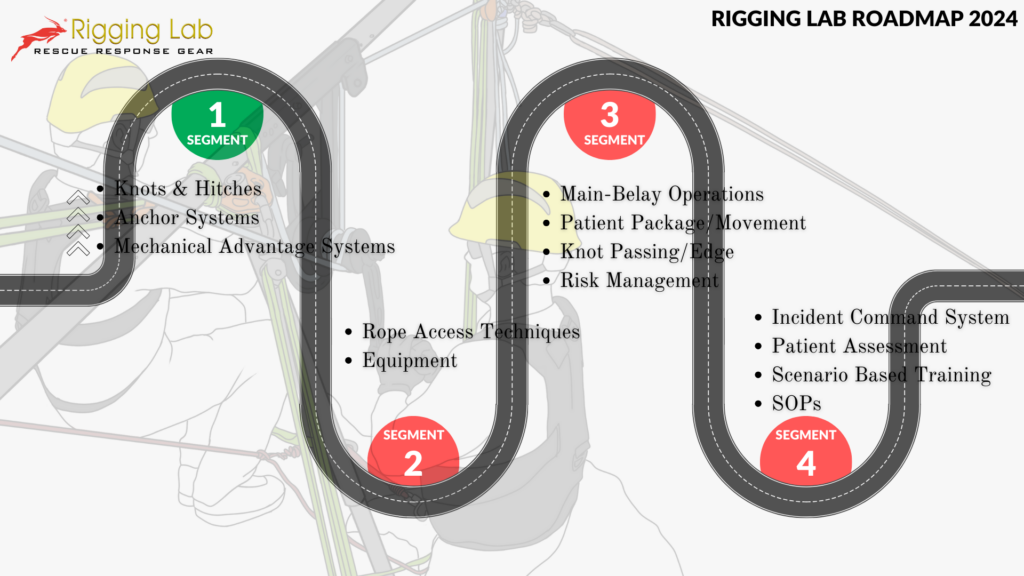In the high-stakes arena of rescue operations, the role of a technician or director parallels that of an astute business leader, where efficiency and team synergy are paramount. Just as a well-designed pulley system in rope rescue allows for maximum efficiency with minimal force, applying these principles of mechanical advantage can revolutionize the way rescue teams operate.
This approach involves more than just equipment; it’s about rethinking…
- Strategies
- Fostering a culture of smart work
- Ensuring that every team member is an integral part of a cohesive
- High-performing system
By adopting methodologies akin to those in successful businesses—streamlining processes, maximizing resource use, and optimizing team dynamics—a rescue director can transform their team’s approach to challenges. This shift not only enhances operational efficiency but also significantly boosts engagement and morale. Each team member becomes a vital cog in a well-oiled machine, capable of achieving remarkable results with precision and cohesion. Embracing this business-like mindset in rescue operations can lead to innovative solutions, improved safety, and a more empowered, unified team.
- Simplicity is Key: Just like in rope rescue systems, the more straightforward the process, the easier it is for people to understand and execute it. This reduces errors and increases efficiency.
- Leverage Technology: In business, technology can be the equivalent of a mechanical pulley, amplifying the capabilities of your team. Using the right tools can simplify tasks, automate repetitive processes, and provide significant productivity gains.
- Training and Competency: Even the best systems require knowledgeable operators. In rope rescue, this means rigorous training. In business, ensure that your team is well-trained and understands how to make the most of the systems in place.
- Iterative Improvement: Just as rescue systems might be refined over time for efficiency or to adapt to new challenges, business processes should also be regularly reviewed and improved. This continual refinement helps keep the system relevant and efficient.
- Focus on Core Strengths: In rope rescue, specific systems are designed for specific scenarios. Similarly, in business, your processes should be built around your core competencies. Identify what your business does best and structure your processes to support and enhance these areas.
- Risk Management: Just as safety is paramount in rescue operations, risk management is crucial in business. Your processes should include checks and balances to identify and mitigate potential risks.
- Scalability: Your system should be scalable, just like how mechanical systems can be adjusted for larger loads. As your business grows, your processes should be able to adapt and scale accordingly.
In both rope rescue and business, the idea of mechanical advantage is a great example of teamwork. It’s not just about the tools or skills, but how everything works together to do something really big. This helps us understand why teamwork is so important.
In rescue work, a team using a pulley system shows how working together makes tough tasks easier. This is just like in business, where people, technology, and plans come together to make the company better. It’s all about everyone and everything working in sync.
This idea also shows why it’s important to keep learning and changing. Just like rescue teams need to adjust to different situations, businesses need to stay flexible and keep improving.
So, mechanical advantage in rescue work is a great way to see how teamwork can create big results. It’s about seeing the whole picture and how each part is important. When everything works together, we can achieve way more.
Peace on your Days
Lance










